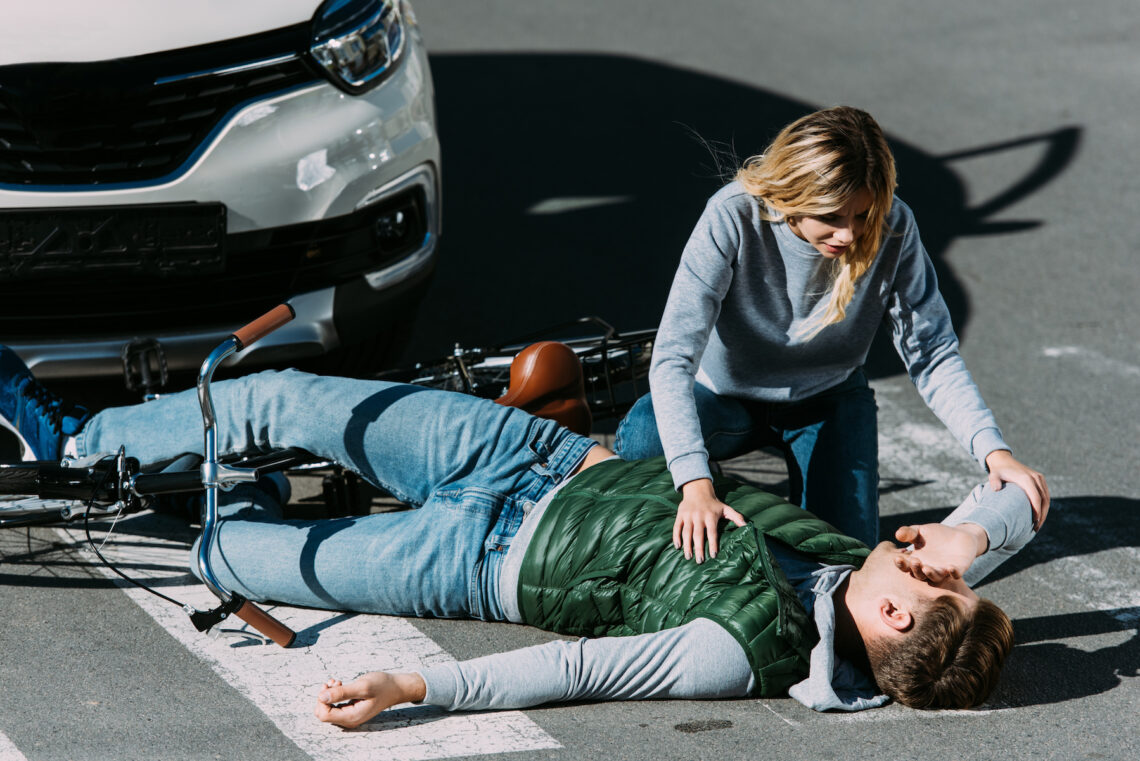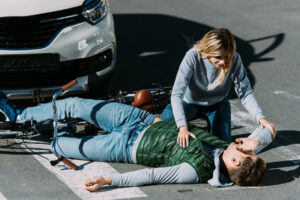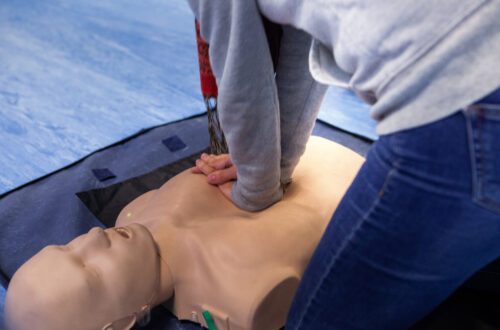
Stop the Bleed
Why is it important to know about Stop the Bleed? Do you own a gun? Know someone who owns a gun? Do you drive a car? Use a knife? Are you on a blood thinner (anticoagulant)? Know someone on a blood thinner? Then this blog post is for you!
- According to the website Gun Violence Archive, 656 mass shootings occurred in 2023. As of January 2022, there were 393 million civilian-owned guns.
- The National Highway and Safety Administration reported 2020 data that over 5 million accidents resulted in over 2.28 million injuries and 38,824 deaths.
- There are 350,000 kitchen knife accidents per year.
- In addition, with the aging of the American population, an increasing number of patients suffer from irregular heart beats such as atrial fibrillation placing them at increased risk of stroke. These patients with arrhythmias often take a blood thinner (anticoagulant) to prevent stroke. Pradaxa, Eliquis, Xarelto, Coumadin and Lixiana are common brand names. You may also be on a blood thinner if you have had a blood clot in the leg, arm or lung in the past.

So, more mass shootings, more guns and more patients on blood thinners. What does this equal? A need for the layperson to know the proper way to “Stop the Bleed.” Obviously, this knowledge may also come in handy if you are the first person on the scene of a car accident, kitchen accident, or dog bite. So, let’s take a look!
Following the Iraq and Afghanistan wars and the Sandy Hook shooting in 2012, a group of trauma surgeons and emergency medicine physicians, in conjunction with the Department of Defense, developed a program that could be taught to the layperson first responder to help prevent death from blood loss. Based on their review of who survived or did not survive transport from the battlefield and in the community, the group discovered that simple steps-including the appropriate use of tourniquets-can save lives.
 The Stop the Bleed program involves a straight-forward on-line course that takes less than 60 minutes and an in-person, skill testing sequence where you show your practical knowledge. This USA Today article describes a teenage first responder saving his neighbor using knowledge from the course.
The Stop the Bleed program involves a straight-forward on-line course that takes less than 60 minutes and an in-person, skill testing sequence where you show your practical knowledge. This USA Today article describes a teenage first responder saving his neighbor using knowledge from the course.
So, you have just witnessed and accident and see a lot of blood. What should you do? Just like if you see someone who has stopped breathing or looks like their heart has stopped beating, you take the same steps before you start CPR (Cardiopulmonary Resuscitation). Recognize that someone is in need. You see blood; blood spurting or pooling. Is the person lying down? Are they breathing? Talking?
- Check to make sure that you are safe.
- Call 911 or direct another bystander to call 911.
- Explain to the operator where you are and why you are calling.
- (If you have gloves, put ‘em on!)
- Grab a sterile gauze, a towel, or a t-shirt and apply pressure for at least 5 minutes.
- Meanwhile, scan the body to see if there are any other sites of bleeding.
- Do not remove the dressing if it becomes soaked, apply additional dressings and pressure. (This may be painful to the person, that’s expected)
- If the bleeding is continuing AND and you have a tourniquet, apply the tourniquet 2-3 inches above the site of bleeding and AWAY from any joint.
- If the bleeding continues, you may apply a second tourniquet 2 inches above the previous one.
- Use a tourniquet ONLY on the arms or legs. (Note the time that you applied the tourniquet).
- If there is bleeding on the head, neck, chest or abdomen, apply direct pressure ONLY.
The Stop the Bleed website explains which tourniquets are approved by the American College of Surgeons. Unfortunately, the shop on the website was not working when I checked it last. However, you can locate many options on Amazon or the American Cross website.
Last week, we talked about the importance of donating blood. Trauma is a very common reason why people may need a blood transfusion. Surgeons and Emergency Medicine Physicians often refer to the first 60 minutes after a traumatic event as the “Golden Hour.” (Although photographers may also use this term for the hour after sunrise or before sunset, it does not mean the same thing here.) Helping someone “Stop the Bleed” may decrease their need for a blood transfusion and increase their chance of survival! So, if you have some free time, take the online class and look for an in-person class here. You never know when you may be called upon to help in an emergency. And as Louis Pasteur said, “Luck favors the prepared mind!”.
Disclaimer
The information in this blog is provided as an information and educational resource only. It is not to be used or relied upon for diagnostic or treatment purposes.
The blog does not represent or guarantee that its information is applicable to a specific patient’s care or treatment. The educational content in this blog is not to be interpreted as medical advice from any of the authors or contributors. It is not to be used as a substitute for treatment or advice from a practicing physician or other healthcare professional.



